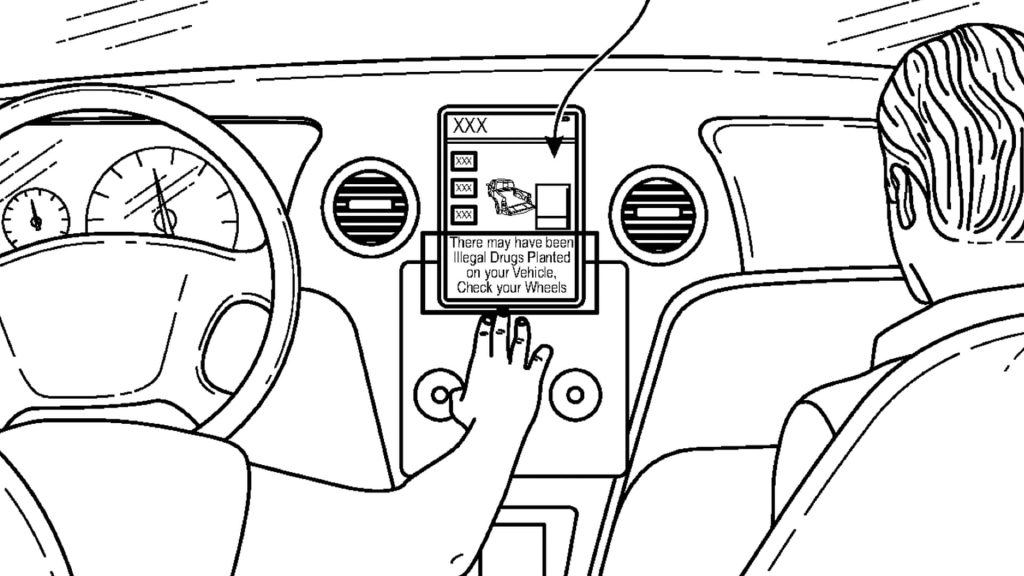Ford has developed a groundbreaking drug detection system designed to protect vehicle owners from unknowingly transporting contraband. The system, detailed in a recently published patent, aims to prevent people from becoming “blind mules” for drug traffickers—a common scheme where unsuspecting individuals are caught with drugs planted in their vehicles.
How the System Works: Smart Sensors and Advanced Monitoring
Modern vehicles are already equipped with cameras, microphones, and sensors that help detect collisions, monitor driver fatigue, and scan blind spots. Ford’s new system takes this technology further, using it to identify and document suspicious activities that could indicate someone planting drugs in a vehicle. Filed in March 2023 and published on September 19, the patent outlines an “unknown cargo detection and evidence collection system.”
The system employs multiple strategies to prevent drug trafficking schemes. It monitors vehicle weight, listens for nearby suspicious activity, and scans for unfamiliar GPS radio frequencies. These measures help detect if someone has tampered with the vehicle or added contraband without the owner’s knowledge. Drug traffickers often use GPS trackers to monitor their victims’ locations, waiting to retrieve the drugs once the car crosses the border.
If the system detects unusual behavior, such as someone lingering near the vehicle, it can activate onboard cameras, record the surroundings, and save the footage as evidence. Additionally, the system monitors the car’s driving dynamics, as extra weight from drugs could alter how the vehicle handles on the road.

Preventing the ‘Blind Mule’ Phenomenon
The term “blind mule” refers to individuals caught transporting drugs they did not know about, often facing severe legal consequences. According to a 2023 inewsource report, several people have been prosecuted under these circumstances, only to be found innocent after long legal battles. Some discovered the planted drugs before crossing the border, while others only realized the contraband was in their vehicle after reaching the other side.
The issue has become more complex with the rise of potent drugs like fentanyl, which can be transported in much smaller quantities, making them easier for traffickers to conceal. Additionally, new methods like relay attacks, which thieves use to access and steal vehicles remotely, could give traffickers access to millions of trunks, exacerbating the problem.
Ford’s Vision: Protecting Drivers from Unseen Threats
While this patent is still in the conceptual phase and may never be implemented, Ford’s initiative highlights the potential of advanced vehicle technology to combat unexpected dangers. The system could serve as a safeguard, preventing drivers from becoming unwitting pawns in drug trafficking schemes and providing crucial evidence in case of unlawful tampering.
Ford’s move to patent such a system reflects the automaker’s commitment to leveraging technology for safety and security, looking beyond traditional vehicle functions to address broader societal issues. Whether or not this system makes it to production, it underscores the growing role of automotive technology in protecting drivers from threats they may not even see coming.










